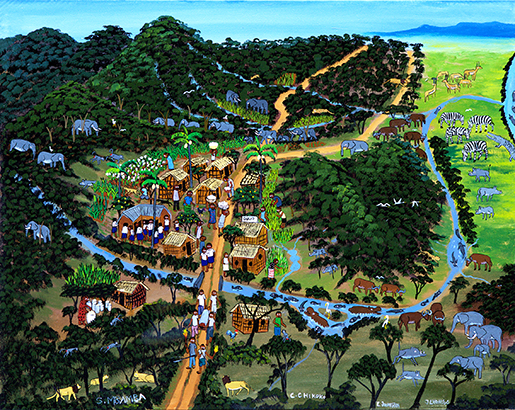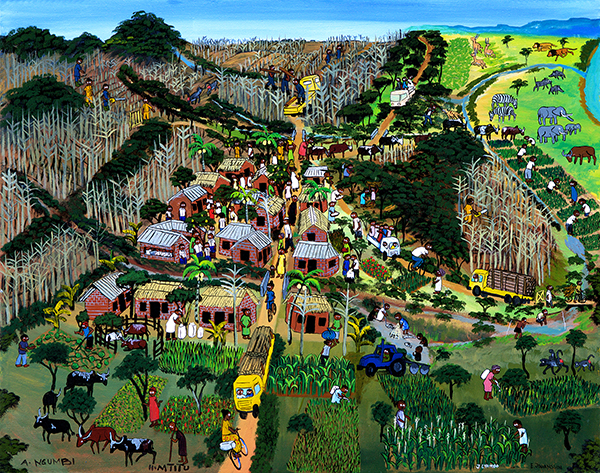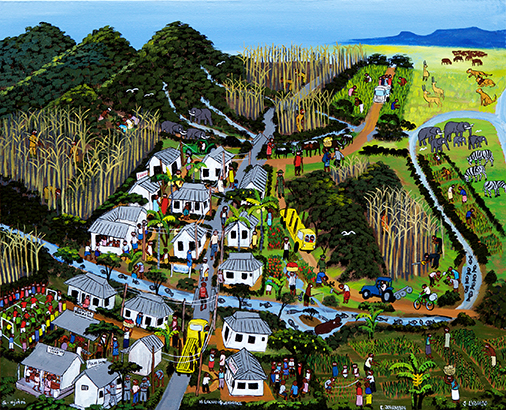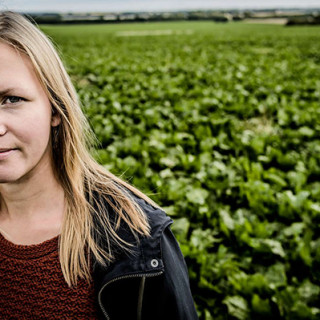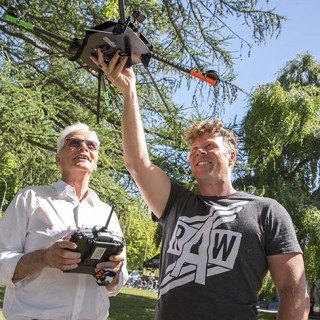Insights through art
How are the residents of villages in Tanzania who are victims of land grabbing doing? Physical geographer Emma-Li Johansson used art to come closer to people’s thoughts, worries and dreams of the future. How would they visualise the phenomenon? What stories would they include?
“We did three paintings in each village: one representing the current social and environmental situation, one reconstructing the past, and one visualising what young people want the future to look like. I am sceptical of how research is communicated, and saw this as an alternative to the classic article form that rarely reaches people outside academia. I wanted to create something that is accessible and interesting for those who are not familiar with the debate, because I think it is an important issue in urgent need of awareness.”
Landgrabbing most often affects countries that are already vulnerable, and vast areas of arable land are taken over mainly in Africa, south of the Sahara.
Opinions about its effect on the residents are divided. Foreign investors believe it will strengthen the development of farms, because it creates jobs. The truth is rather that land grabbing often has negative consequences when it disrupts the available natural resources.
The workshop was guided by Joseph Mwalyombo, an artist from Dar es Salaam. The paintings were created in the Tinga-Tinga style – a world famous Tanzanian style of painting with vivid colours, sharp contrasts, and figurative and narrative scenes. The results exceeded Emma-Li Johansson’s expectations.
The participants in the two villages were involved in the whole process and even though their land had been taken by foreign companies for various reasons, such as the production of rice and teak, they choose to paint pictures of how the water supply and forest areas were decreasing. A rapid decline of wildlife was also a consequence of land grabbing.
“These environmental changes have an immediate effect on rural communities, because most people depend on natural resources for their livelihoods as farmers, fishermen and livestock breeders. Most people were not offered any alternative or substitute, but were forced to make ends meet with decreased access to land, water and other natural resources.”
For the future, the village members wanted better houses and roads, and to be involved in the way companies choose to exploit their shared natural resources.
Text: Bodil Malmström


